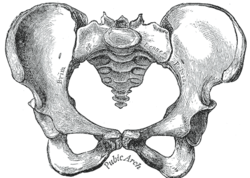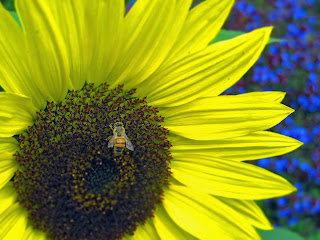Pre-Thanksgiving Giving Thanks

by Baxter Lanterns by Melina Meza So, it�s one day from the annual gathering of families and friends that we in the USA call Thanksgiving, and it occurs to me that I haven�t yet thanked the staff here at Yoga for Healthy Aging, all of whom do their work for you as a labor of love. I am so grateful for the staff of YFHA! We have grown in the past two-plus years to an impressive eight people who regularly contribute to the posts that you read each week. In addition to the original crew of Nina, Brad and me, Shari Ser, PT, Timothy McCall, MD and Ram Rao, PhD regularly write posts with unique perspectives that have enriched our offerings greatly. So a big thanks to this trio of insightful and talented yogis and writers! Bridget Frederick, our copy editor, has been going over our posts regularly with a fine-tooth comb, which those in the biz know is essential for coherent and understandable writing. She also makes it possible for Nina to take occasional time off by doing behind the scenes b





